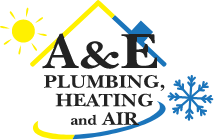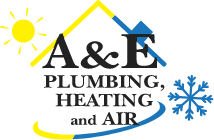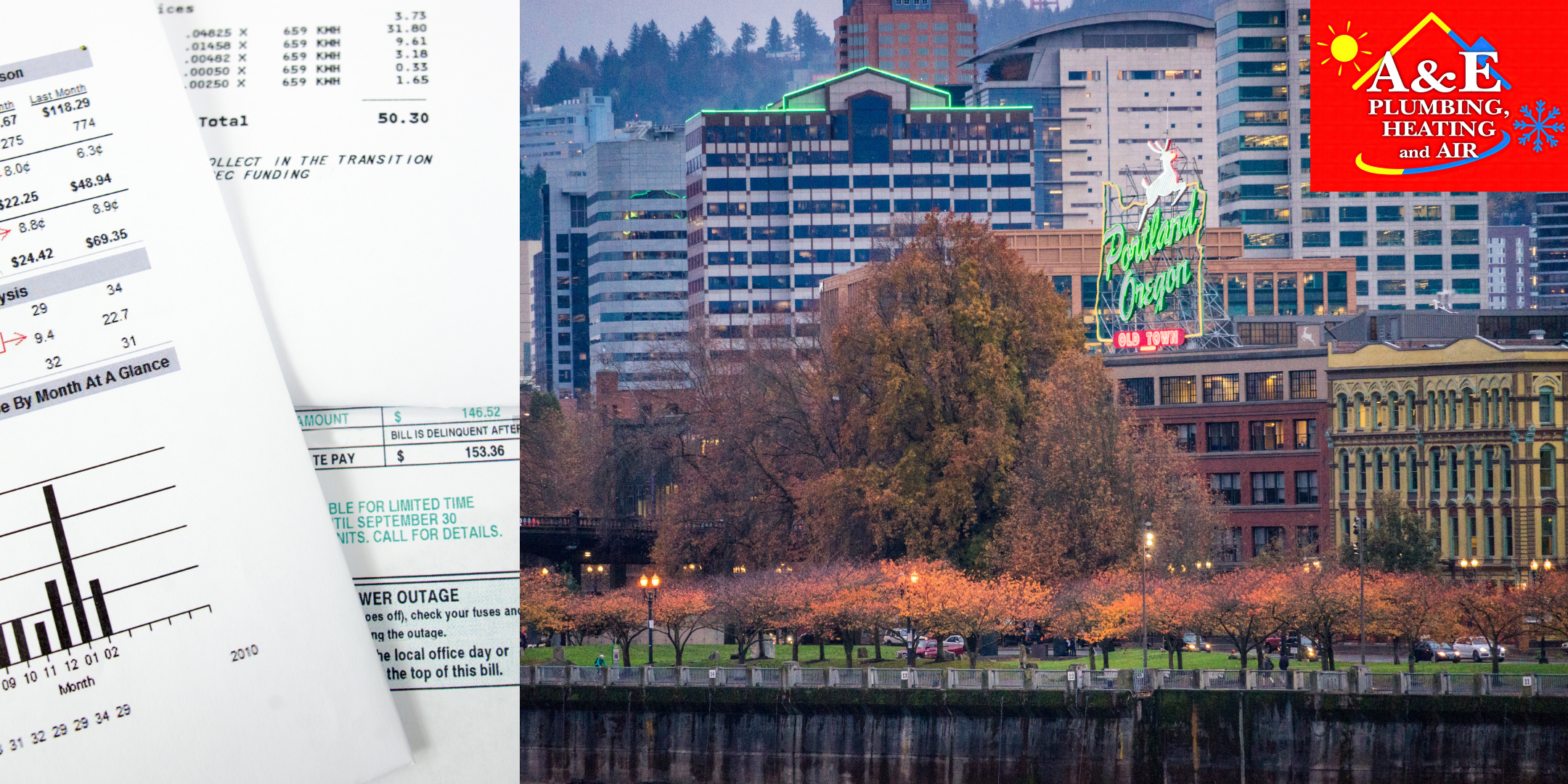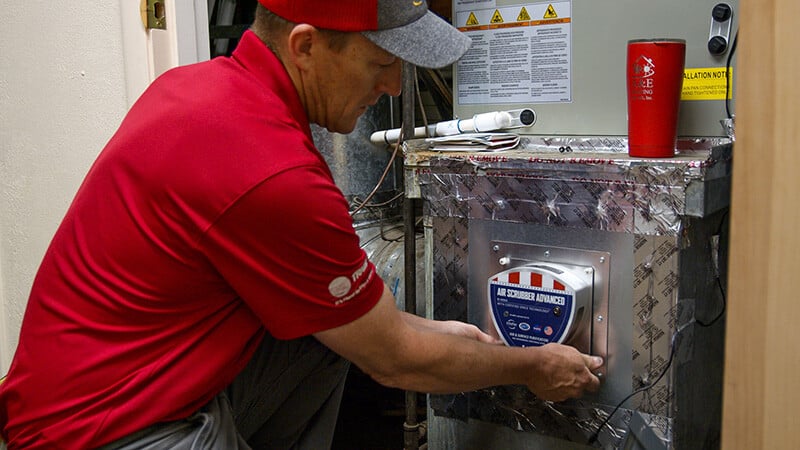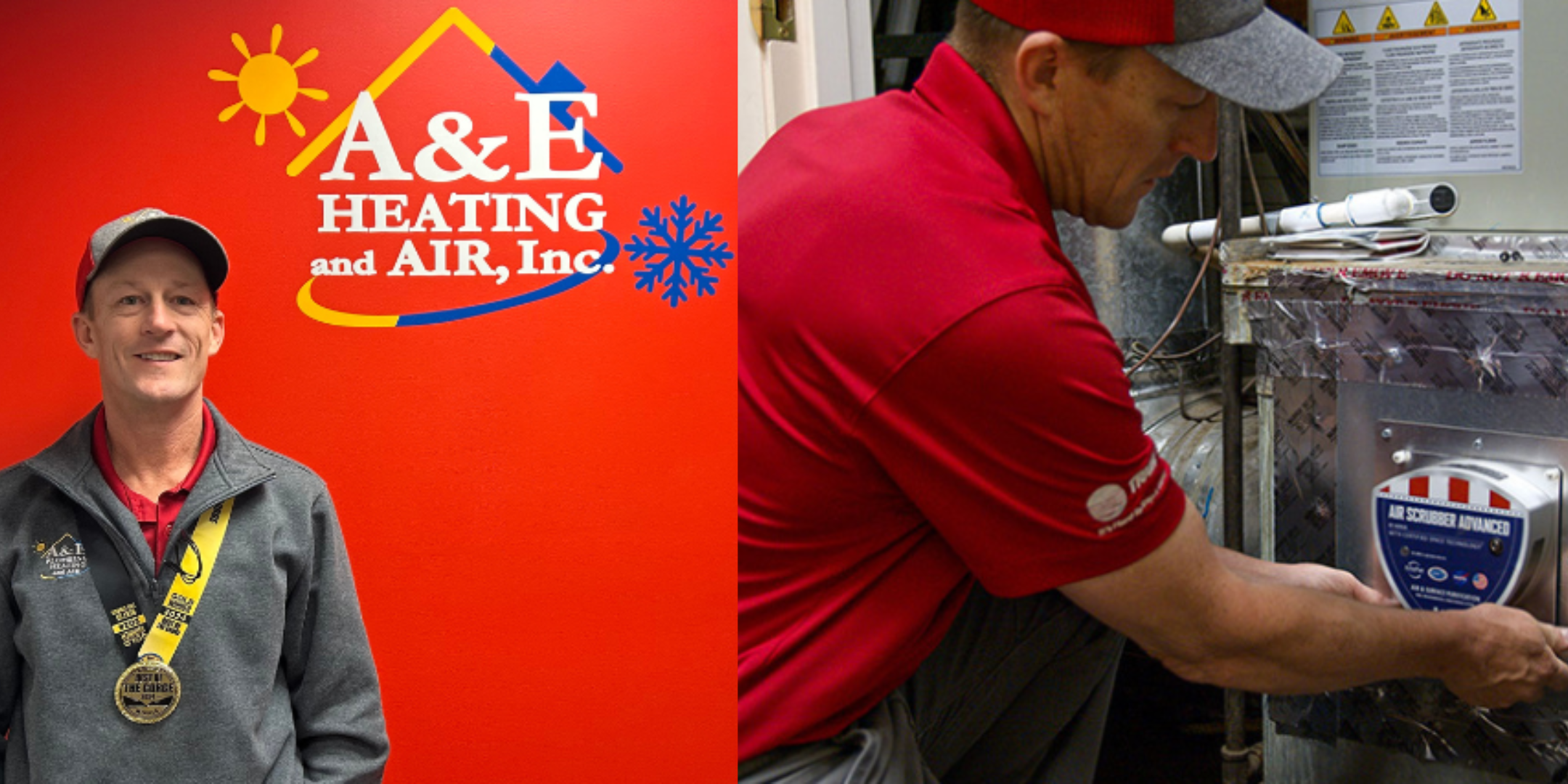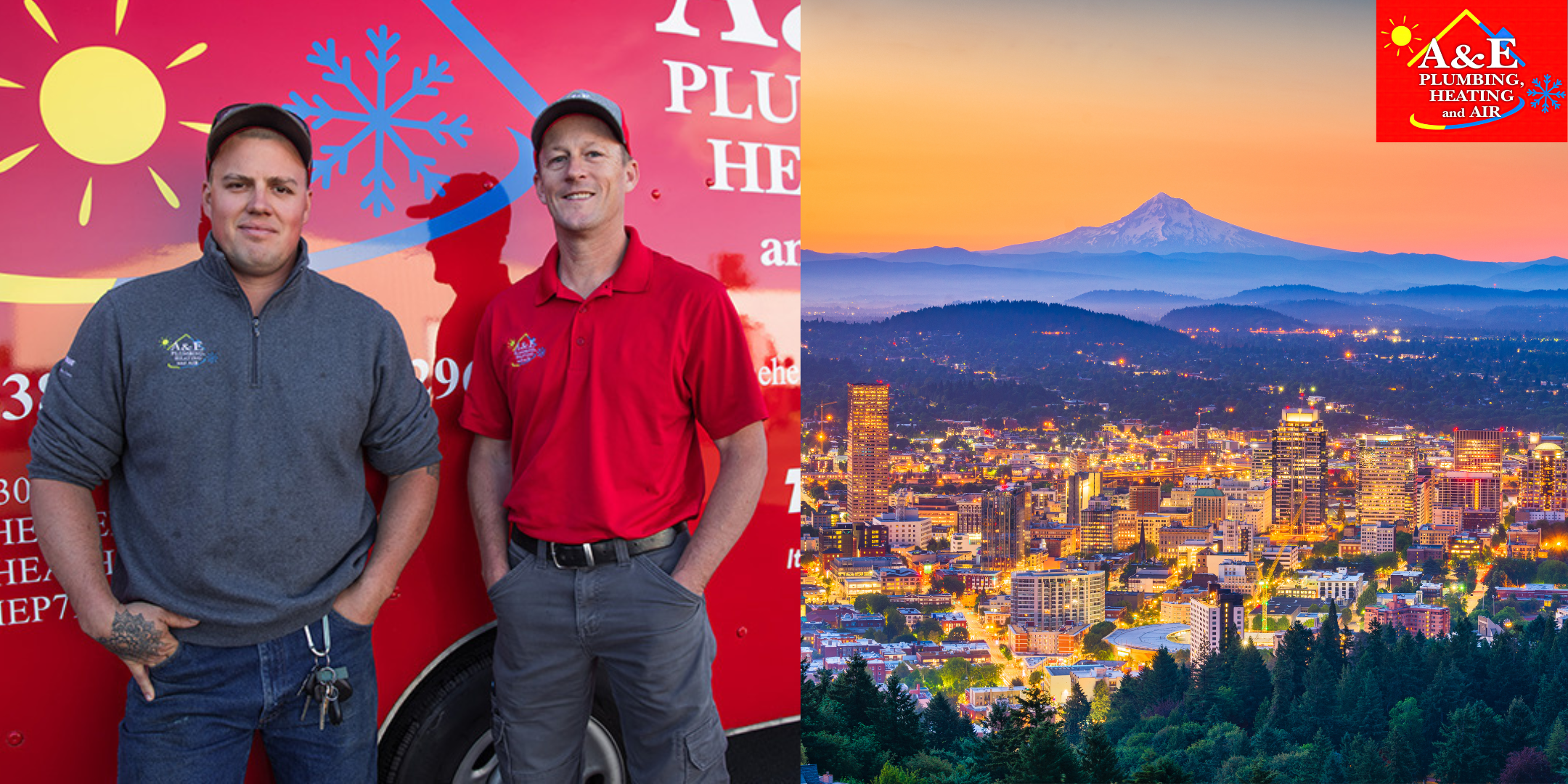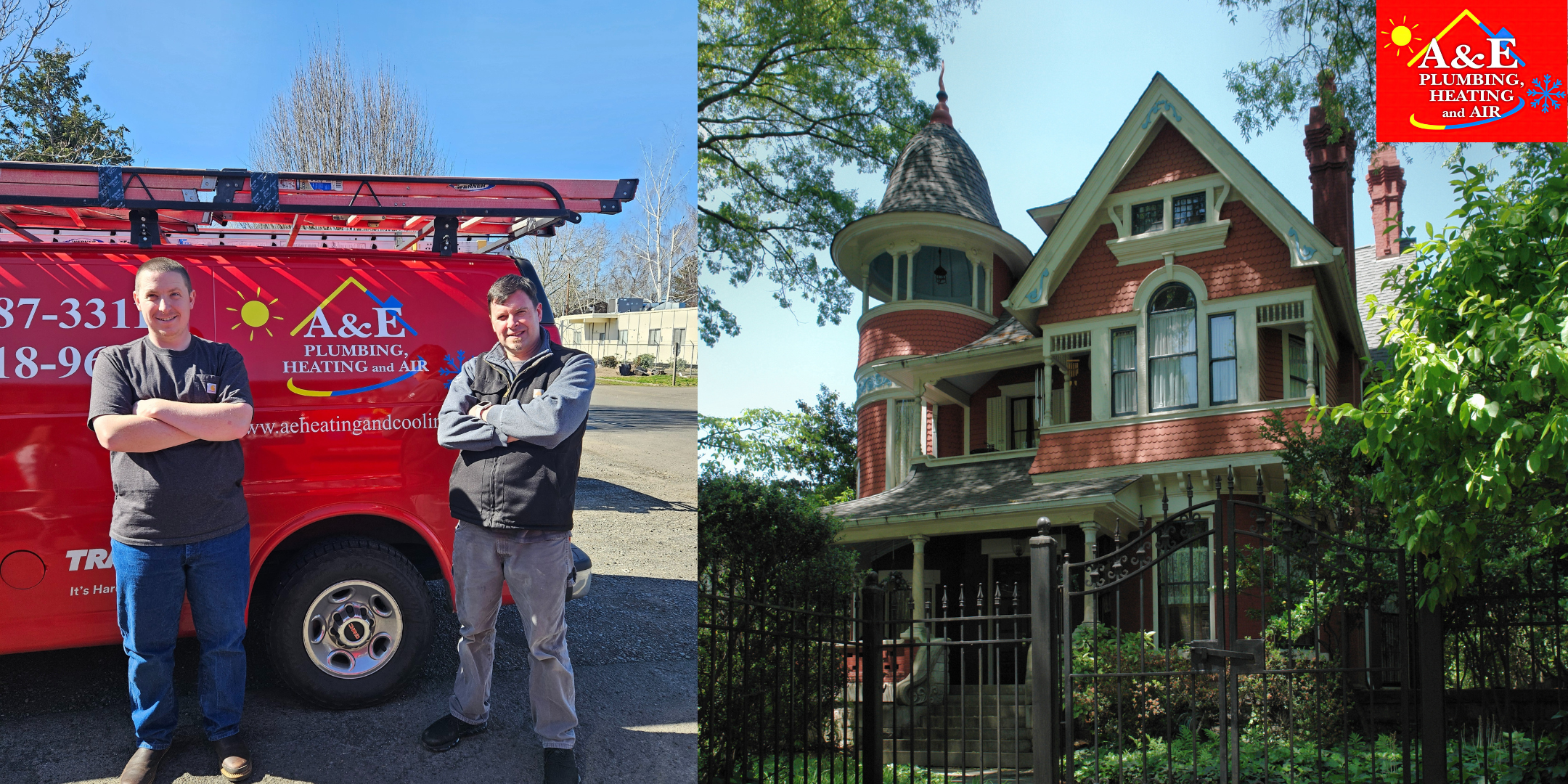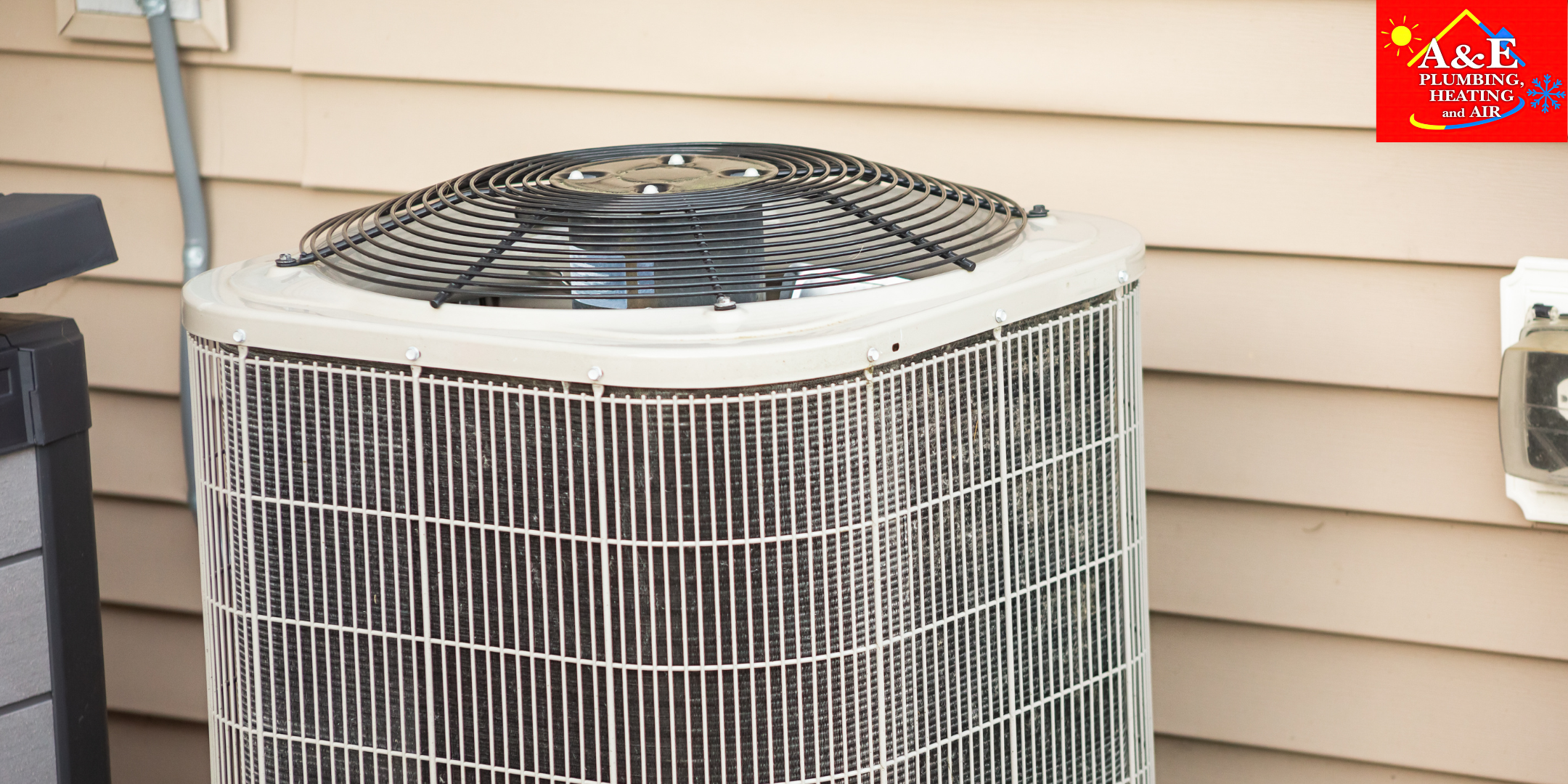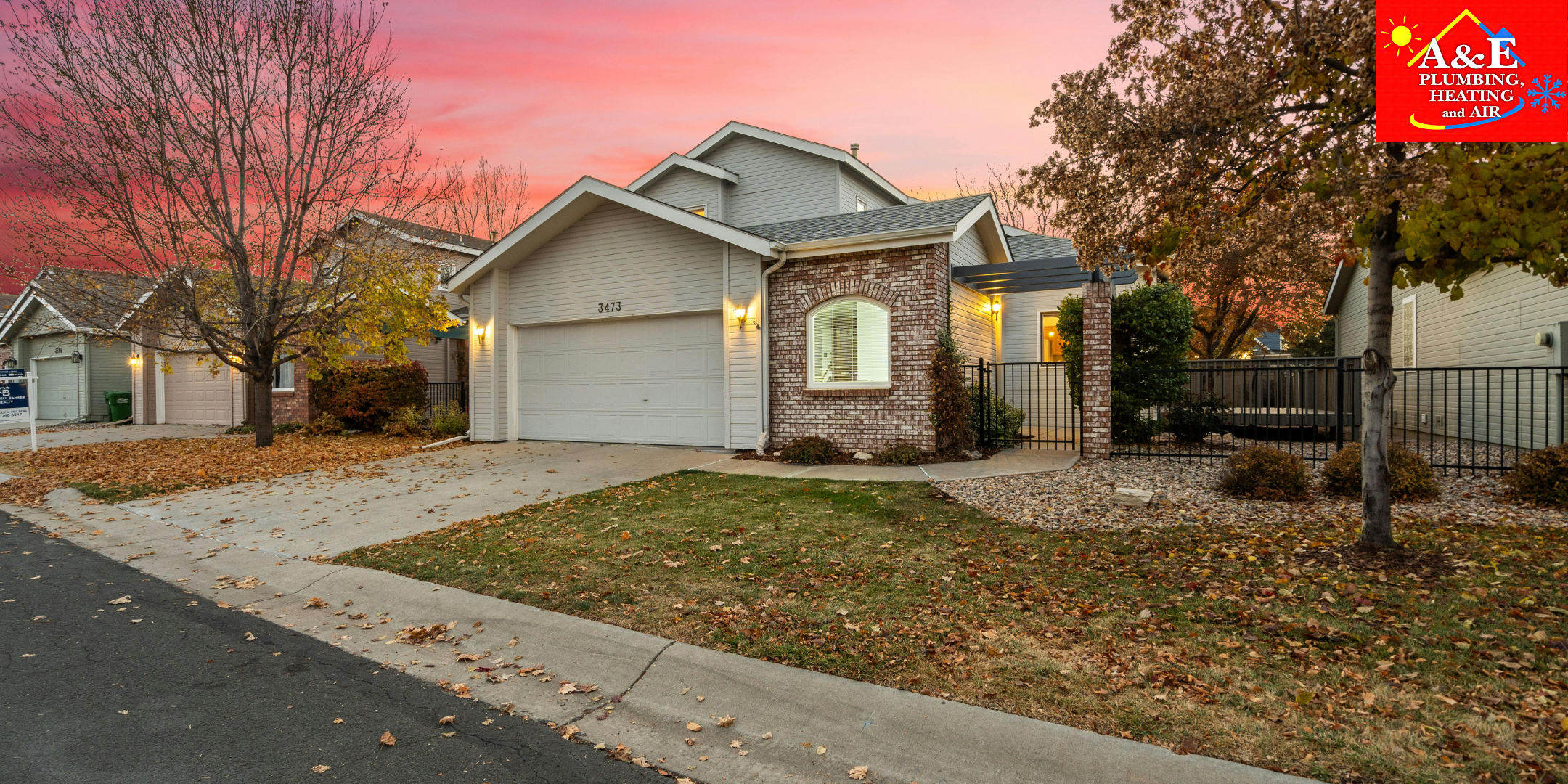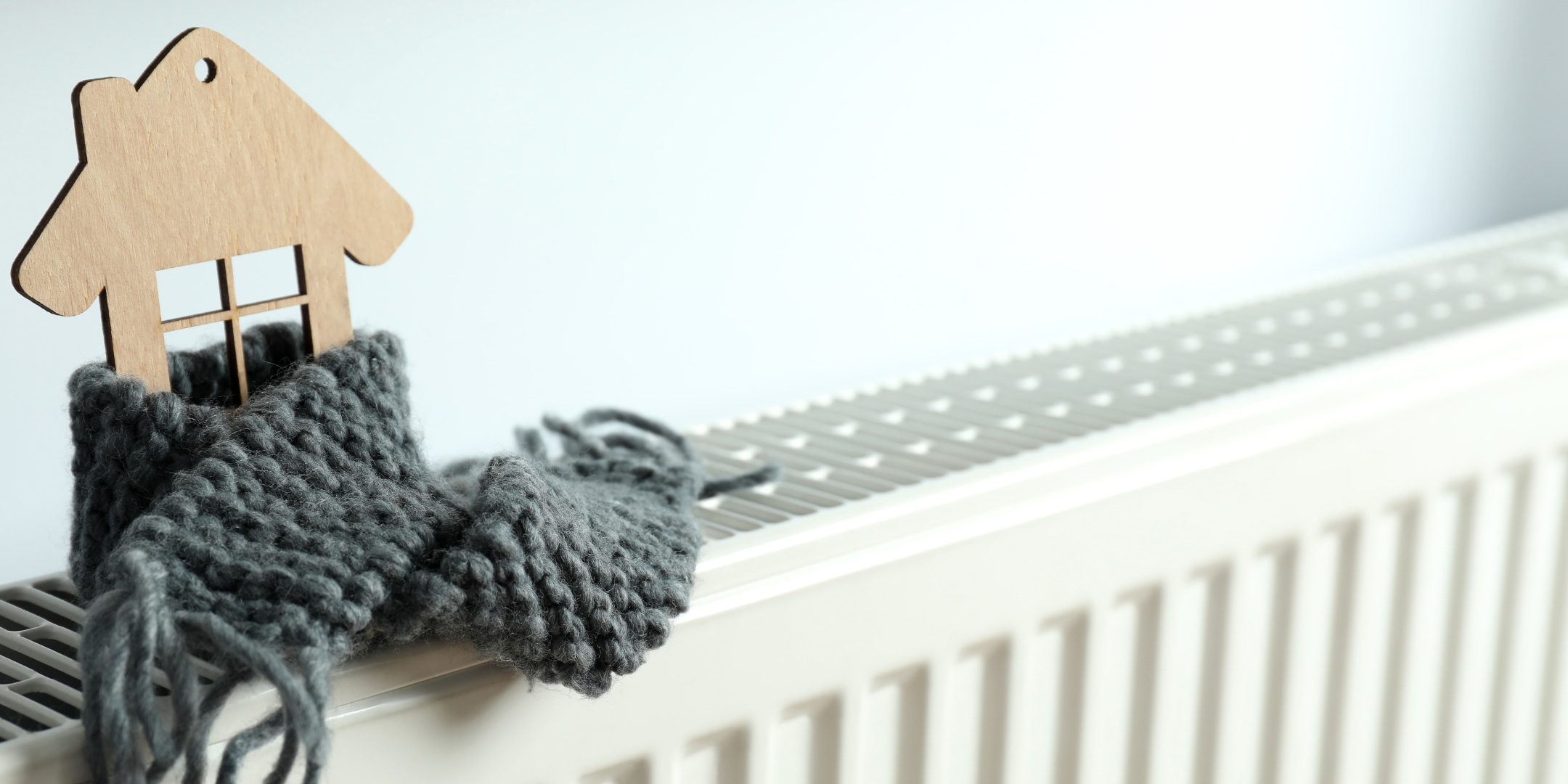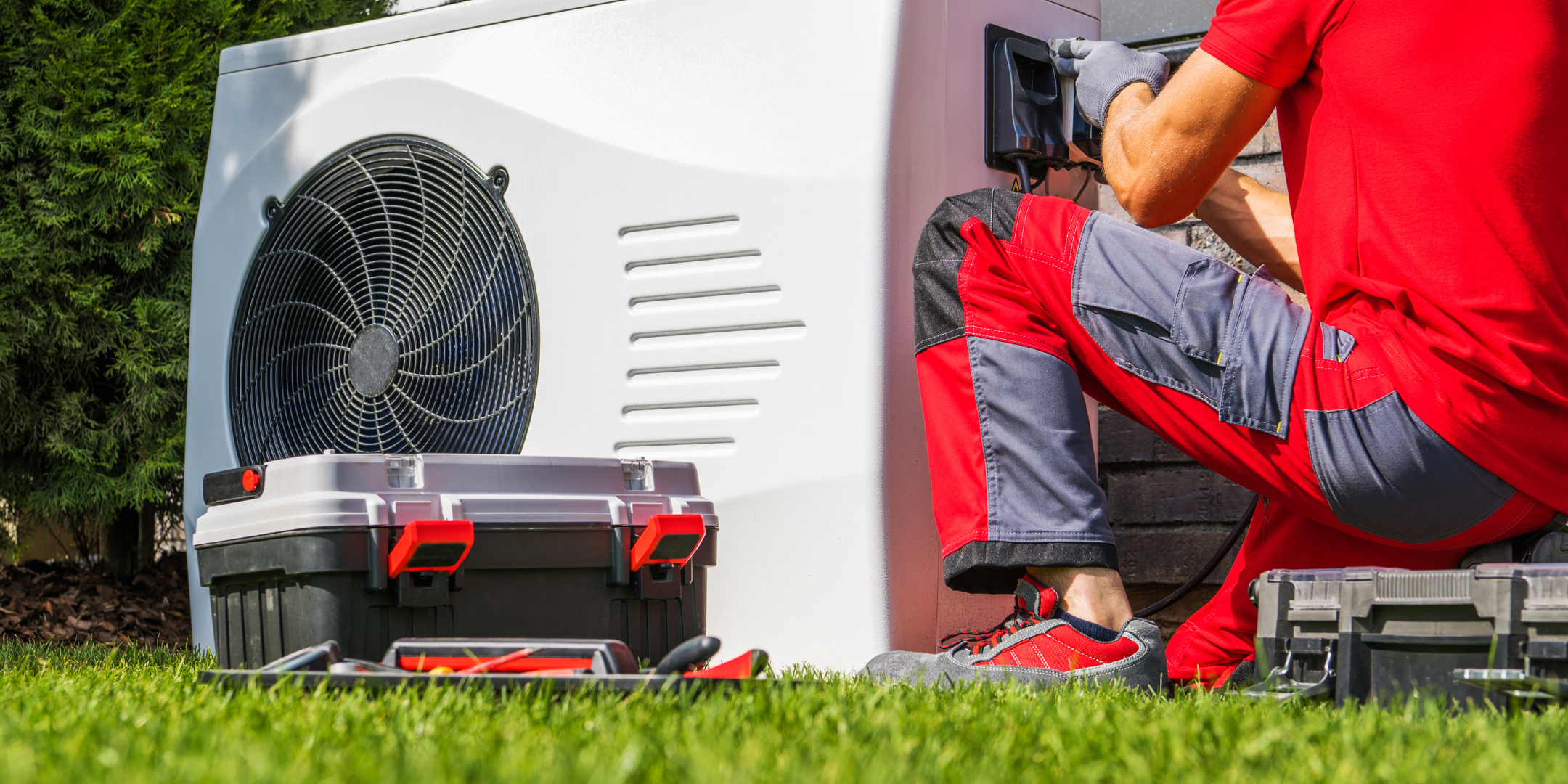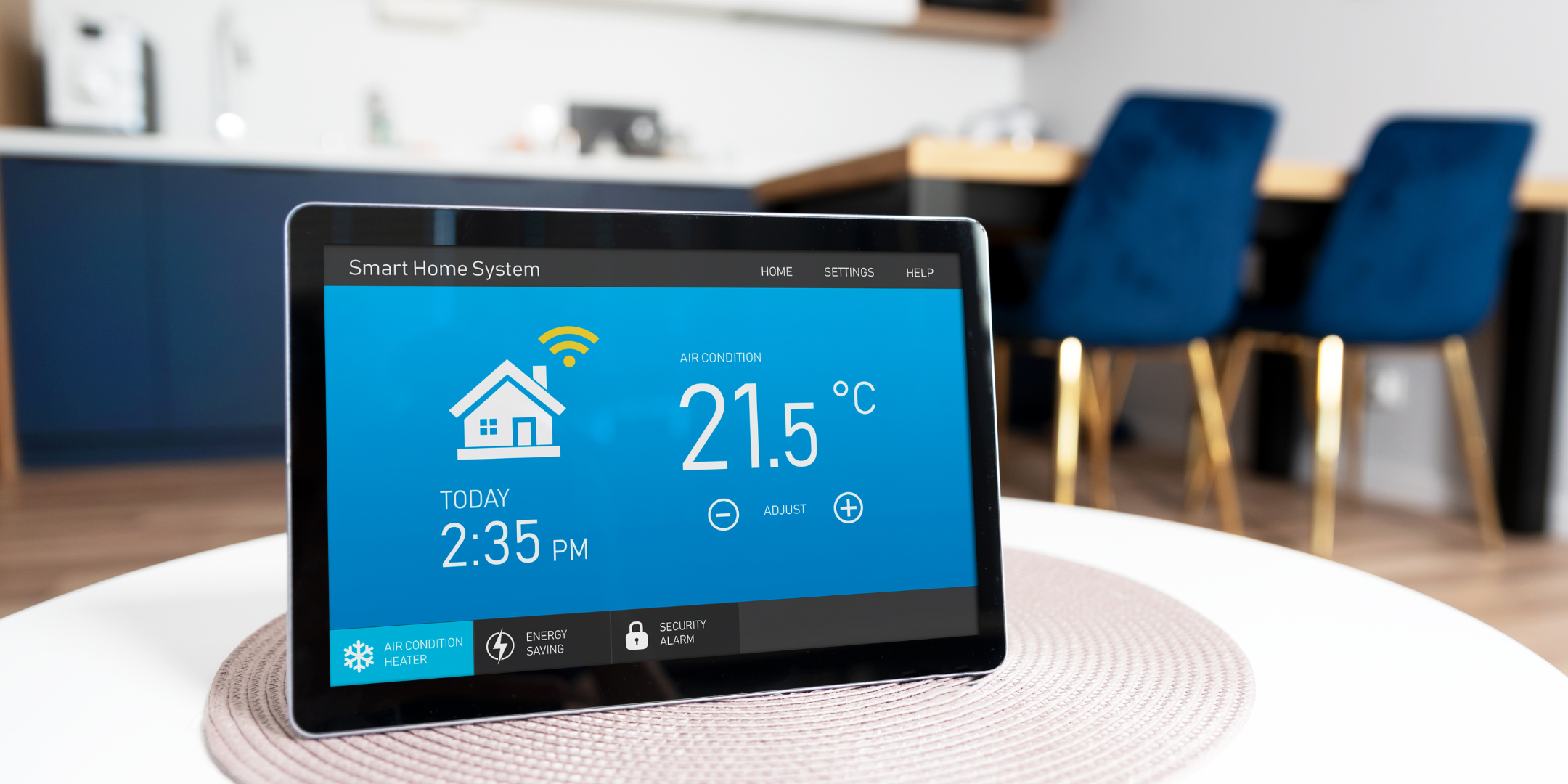
Imagine you’re snug at home on the coldest night of the year when suddenly, your heater fails. In the Gresham/Portland area, with its sometimes extreme and unpredictable weather, this scenario can quickly turn from inconvenient to dangerous. -1.png?width=390&height=260&name=HUBSPOT%20IMAGE%20FORMAT%20(31)-1.png)
As homeowners experienced in the challenges of the Columbia River Gorge, we at A&E Plumbing, Heating and Air recognize how distressing unexpected HVAC issues can be. With over 16 years of addressing a wide range of HVAC challenges, we are intimately familiar with the stress and financial burden that sudden system failures can cause.
By the end of this article, you’ll have a clear understanding of how to effectively manage and prevent these HVAC emergencies with proactive solutions. Whether you’re seeking routine maintenance or need urgent repairs, knowing your options is essential. We'll explore how to ensure you’re prepared for any heating and cooling issues, providing peace of mind all year round.
3 Reasons Why Emergency HVAC Services Are Expensive
When something within your HVAC system breaks down unexpectedly, particularly during those inconvenient after-hours times, the cost of fixing it can quickly skyrocket. This is because emergencies often require immediate attention, regardless of the time or day. Here’s a more detailed look at why these costs can add up so fast:
1. After-Hours Charges
Emergency repairs tend to occur at highly inconvenient times, such as in the middle of the night or over weekends when regular business hours are over. Because of this, HVAC companies often implement after-hours charges that increase the cost of service significantly.
These fees compensate for the additional costs associated with mobilizing technicians outside of standard operating hours, ensuring that there is always someone available to address critical repairs promptly, regardless of timing.
2. Urgency Premiums
When an HVAC emergency strikes, the need for quick resolution can push your repair ahead of other scheduled services. This prioritization often comes with urgency premiums, which are additional charges that reflect the immediate attention and rearrangement of resources your situation demands.
This not only covers the logistical challenge of adjusting the day's workload but also the necessity of immediate, often complex decision-making to resolve your issue as quickly as possible.
3. Parts and Labor
The cost of parts and labor can vary dramatically depending on the nature of the HVAC breakdown. Essential components like compressors or motors, which can each cost between $400 and $1,200, are particularly expensive and can escalate the overall cost of repairs, especially if they need to be sourced after hours.
HVAC suppliers typically operate during regular business hours, so obtaining parts outside these times can require special orders from 24-hour distributors, who may charge a premium. The labor costs also increase with the complexity of the job — if a repair requires advanced technical skills or extended hours to complete, this will be reflected in the labor charges.
HVAC repairs under normal circumstances generally range from $300 to $550, reflecting standard labor and part replacement costs during regular business hours.
However, in emergencies, such as a late-night breakdown or a system failure during a holiday, these costs can escalate dramatically. Emergency rates often double, pushing repair costs to between $600 and $1,100 due to the urgency and the need for immediate response, which can disrupt regular scheduling. In more complex scenarios where the system requires specialized parts or extensive labor, the expenses can surge even higher. .png?width=392&height=262&name=HUBSPOT%20IMAGE%20FORMAT%20(42).png)
If a critical component like the compressor needs replacing or if multiple systems fail simultaneously, you might find yourself facing bills that exceed $5,000. This figure may also include the cost of temporary solutions — such as renting portable heating or cooling units — to maintain livable conditions in your home until the repairs are complete, adding significantly to the overall expense.
Cutting Costs in HVAC Emergencies: The Comfort Club Advantage
While the potential costs and inconveniences of emergency HVAC repairs can be daunting, there is a reliable way to protect yourself from these unexpected situations. The Comfort Club, a comprehensive subscription service that ensures proactive work on your HVAC system, is designed to prevent the distress and financial strain of sudden HVAC failures through affordable, regular maintenance.
This means those costly emergency repairs are minimal if not entirely avoided.
Just as a skilled mechanic can detect impending issues with your car through signs, sounds, and symptoms, our trained technicians use a similar approach to safeguard your HVAC system. Joining The Comfort Club means committing to the health of your system, with skilled technicians who are adept at spotting potential failures before they escalate. Here’s how we do it:
Comprehensive Checks
Our technicians perform detailed inspections that go beyond what the eye can see. They use advanced meters to check for appropriate readings and analyze parts for signs of wear like corrosion, charring, or discoloration — indicators that a component may be nearing failure.
Routine Maintenance
Twice a year, we conduct thorough maintenance checks to prepare your HVAC system for the coming season — for both heating and cooling. This regular tune-up includes a variety of checks and tests to ensure every part of your system is operating efficiently:
Visual Inspections for general appearance, signs of damage, and leaks.
Air Filter Maintenance where we inspect, clean, or replace filters as needed.
Thermostat and Control Tests to verify that your system responds correctly.
Electrical System Assessments where voltage and amp draws are measured to ensure optimal performance.
Component Evaluations, including blower assemblies and condensation drains, with recommendations for cleaning if necessary.
Safety Checks on burners, flame sensors, and flue venting to prevent fire hazards and gas leaks.
Efficiency Tests on refrigerant pressures and temperature splits to gauge system performance.
3 Ways the Comfort Club Can Save You Money
1. Discounts on Parts and Labor
Members enjoy 10% off select parts and air filters, reducing the out-of-pocket expenses for any repairs. Plus, if A&E installs your system, you benefit from an extended five years of labor coverage, further protecting your investment.
2. Installation Savings
A 5% discount on new equipment installations can make upgrading your system more affordable when it's time for a change.
3. Priority Service
Avoid the high costs associated with emergency repairs thanks to priority scheduling, which eliminates the 'urgency premium' other companies might charge. This means faster service without the extra fees, even during peak times.
Saving Money on HVAC Emergencies with the Comfort Club
As you began reading, you might have been concerned about high emergency HVAC repair costs. Now, you understand how these costs accumulate and how The Comfort Club can shield you from unexpected expenses. The solution to avoiding sudden HVAC emergencies and their associated costs is proactive, regular maintenance.
sudden HVAC emergencies and their associated costs is proactive, regular maintenance.
Don't let a breakdown be your wake-up call. Start with proactive care today to avoid an emergency tomorrow. Learn more about the Comfort Club by reading our article, "What is A&E's Comfort Club Maintenance Program?" for information about the Comfort Club, member-exclusive perks, and how you can stay on top of HVAC maintenance.
Daphne Hunt holds a bachelor's degree in English and Mass Communication and has a lifelong passion for writing. She thrives on using her skills to craft compelling pieces that inform, inspire, and connect with readers.
Topics:
